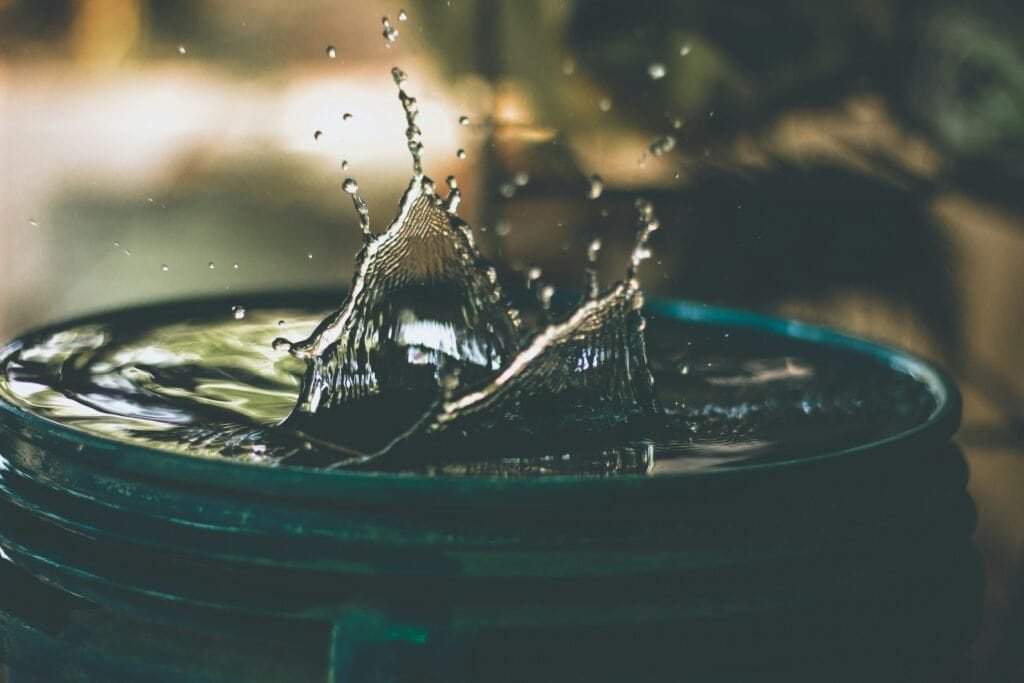Introduction
Water is one of our most precious resources, and conserving it is crucial for sustainable living. Rainwater harvesting is an effective and eco-friendly way to reduce your water bill, lessen the strain on local water supplies, and contribute to environmental conservation. At Soil Matters, we’re committed to helping you make sustainable choices. Here’s a comprehensive guide to setting up a rainwater harvesting system.
What is Rainwater Harvesting?
Rainwater harvesting involves collecting and storing rainwater for future use. This technique, used for centuries, can help you save water, reduce your utility bills, and provide an alternative water source for various needs, such as gardening, irrigation, and even potable water with proper treatment.
Benefits of Rainwater Harvesting
- Water Conservation: Reduces reliance on municipal water supplies.
- Cost Savings: Lowers your water bills.
- Environmental Impact: Decreases runoff, erosion, and water pollution.
- Self-Sufficiency: Provides a reliable water source during droughts or water restrictions.
- Plant Health: Rainwater is free from the chemicals found in tap water, benefiting your plants.
Step-by-Step Guide to Rainwater Harvesting
Step 1: Assess Your Site
Evaluate your property to determine the best locations for collecting and storing rainwater.
- Catchment Area: Identify surfaces suitable for collecting rainwater, such as rooftops.
- Storage Location: Choose a convenient and accessible area for your storage tanks or cisterns.
- Overflow Management: Plan for excess water by selecting an area where overflow can be safely directed.
Step 2: Select Your Rainwater Harvesting System
Choose a system that meets your needs and budget.
- Barrel Systems: Ideal for small-scale use, such as garden watering.
- Cistern Systems: Larger storage tanks for more extensive water needs, including irrigation and household use.
Step 3: Install Gutters and Downspouts
Ensure your roof has gutters and downspouts to direct rainwater into your storage system.
- Gutter Maintenance: Keep gutters clean and free of debris to maximize water collection.
- Downspout Diverters: Install diverters to direct rainwater into storage tanks and manage overflow.
Step 4: Set Up Filters and First-Flush Diverters
Filters and first-flush diverters help ensure the quality of harvested rainwater.
- Gutter Screens: Install screens to keep leaves and debris out of the system.
- First-Flush Diverters: These devices discard the initial runoff, which may contain contaminants from the roof.
Step 5: Choose and Install Your Storage Tank
Select a storage tank based on your water needs and available space.
- Material Options: Tanks are available in plastic, fiberglass, metal, and concrete.
- Tank Size: Determine the appropriate size based on your catchment area and intended use.
- Foundation and Placement: Ensure a stable and level foundation for your tank to prevent shifting or damage.
Step 6: Connect Your System
Connect the downspouts and diverters to your storage tank.
- Piping: Use durable piping to direct water from the downspouts to the tank.
- Overflow Management: Install an overflow pipe to direct excess water to a designated area or secondary storage.
Step 7: Set Up a Distribution System
Plan how you will use the harvested rainwater.
- Garden Irrigation: Connect a hose or drip irrigation system to your tank.
- Household Use: Install a pump and filtration system if you intend to use the water for indoor purposes.
Step 8: Maintain Your System
Regular maintenance is crucial for efficient operation.
- Inspect and Clean: Regularly check gutters, filters, and tanks for debris and cleanliness.
- Monitor Water Quality: Ensure the water remains free of contaminants, especially if used for household purposes.
- Repair and Replace: Address any leaks, damages, or worn-out parts promptly to keep the system functioning smoothly.
Conclusion
Rainwater harvesting is an effective way to conserve water, reduce utility costs, and promote environmental sustainability. By following these steps, you can set up a rainwater harvesting system that meets your needs and contributes to a greener future. At Soil Matters, we encourage everyone to embrace rainwater harvesting as part of their sustainable living practices.
For more tips on water conservation and sustainable gardening, visit Soil Matters and explore our resources on eco-friendly living.


